We have made all the OPHTHALMOLOGY/EYE Instruments full set or list with the Names, Description, Uses with Pictures. in you medical ward you will see all this instruments/equipments/devices. So full knowledge regarding all this devices is necessary for your medical and surgical practice and also during exams.
CHALAZION CLAMP
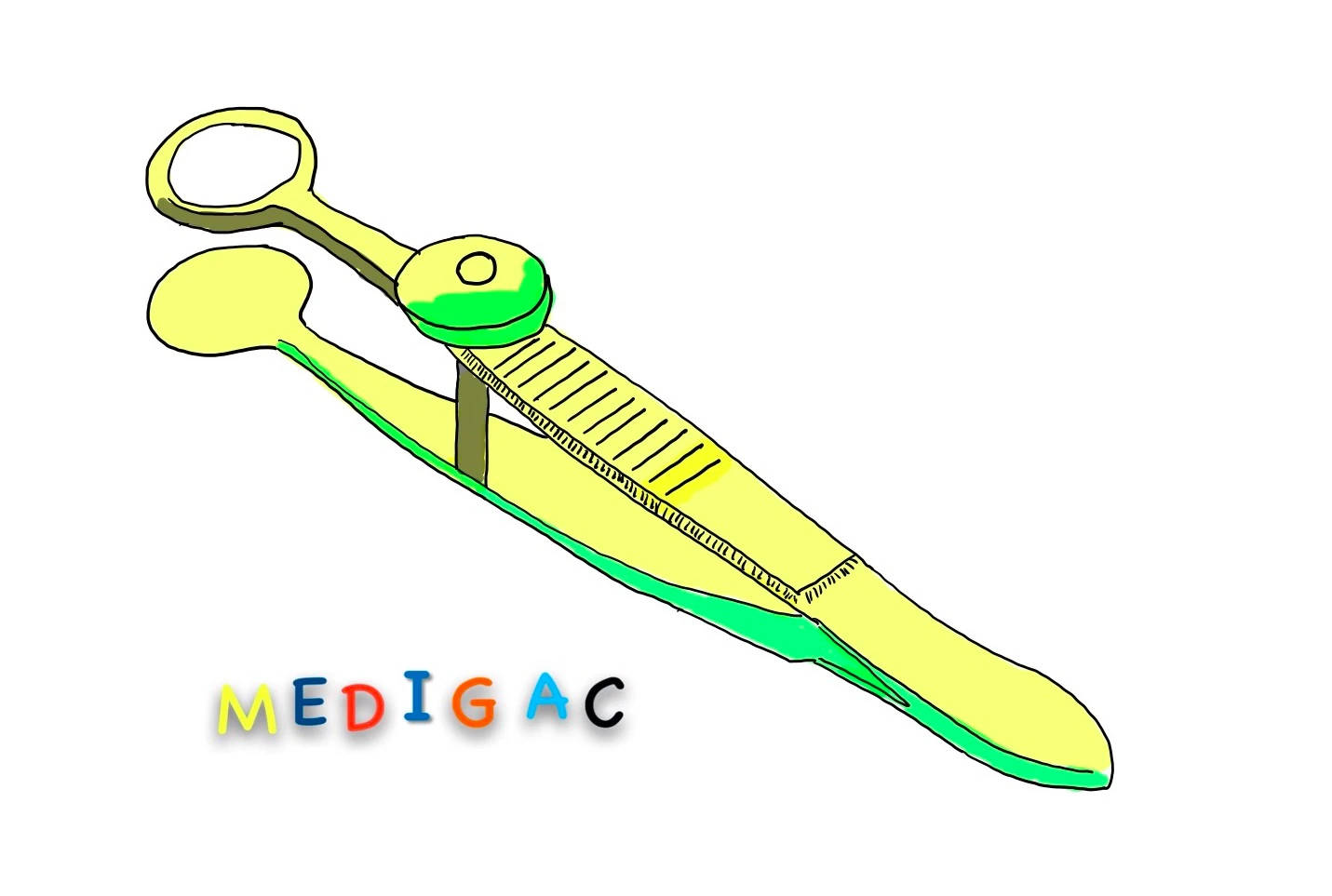
Description :
It has two limbs which are connected by a screw to clamp it
—One end if the limb forms a flat round plate and another end forms a circular ring structure.
Uses :
1. Fixing Chalazion : To fix chalazion and achieve haemostats during the incision and curettage operation.
V LANCE BLADE

Description :
Fine straight but triangular knife.
Uses :
1. Phacoemulsification : Used to make a Side port incision(small valvular clear corneal incision)
VON GRAEFE’S KNIFE
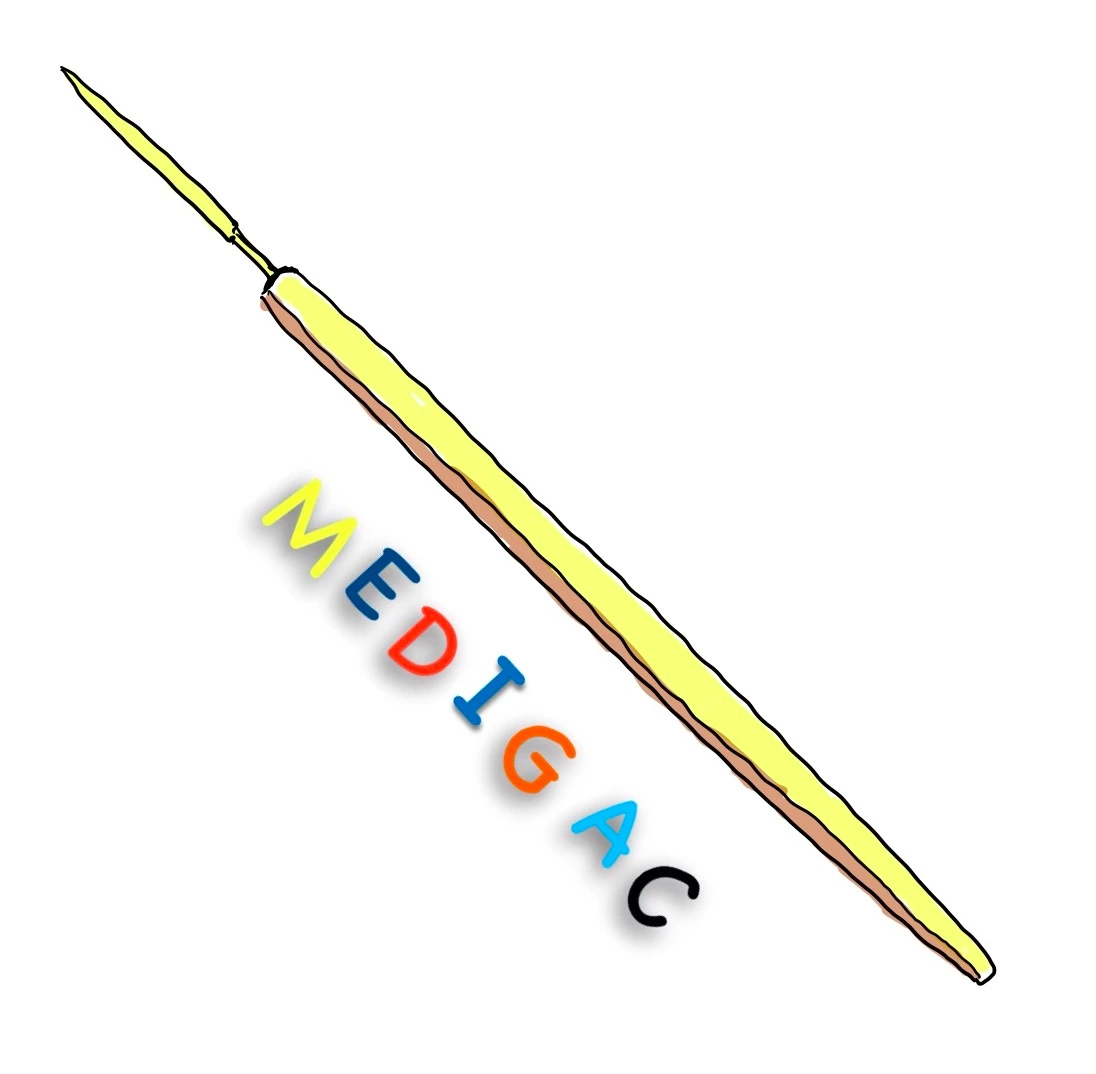
Description :
Handle and one blade.
The tip of the blade is pointed and the edges are sharp.
Uses :
1. ab-interno corneoscleral incision : In Cataract surgery, iridectomy operations.
ENTROPION/LID CLAMP
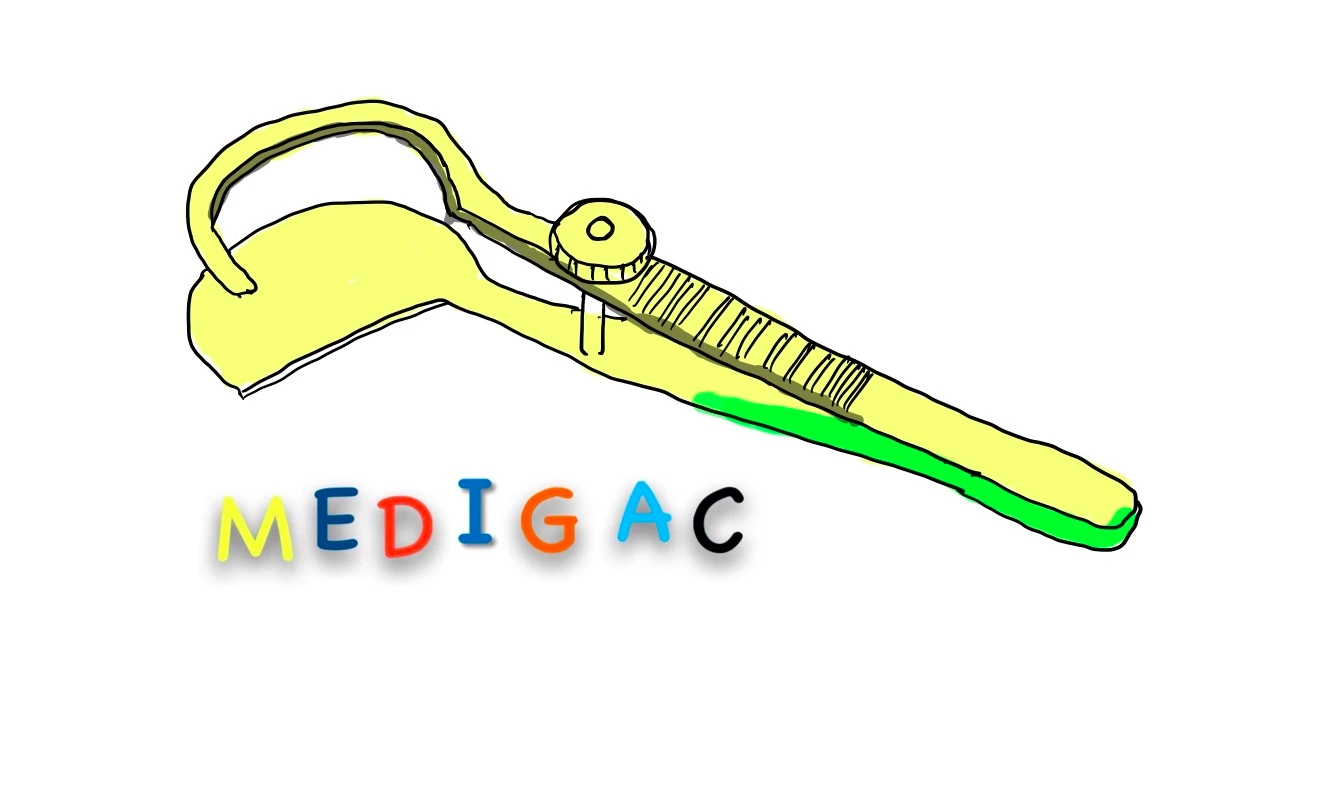
Description :
It has two limbs which are connected by a screw to clamp it
—One end if the limb forms a flat D-shaped plate and another end forms a U-shaped rim structure.
Uses :
1. Used in eye lids during lid surgeries :
- Entropion Surgeries
- Ectropion corrections
PTOSIS CLAMP

Description :
Two limbs which has serration and the ends of the limbs forms J-shaped tips.
Uses :
To hold elevator palpebral superioris muscle during ptosis surgery.
CHOPPER

Description :
One serrated handle and a cutting edged bent tip.
Uses :
1. Phacoemulsification Surgery : To Split and chop the nucleus into smaller pieces and also for nuclear manipulation.
HYDRODISSECTION CANNULA
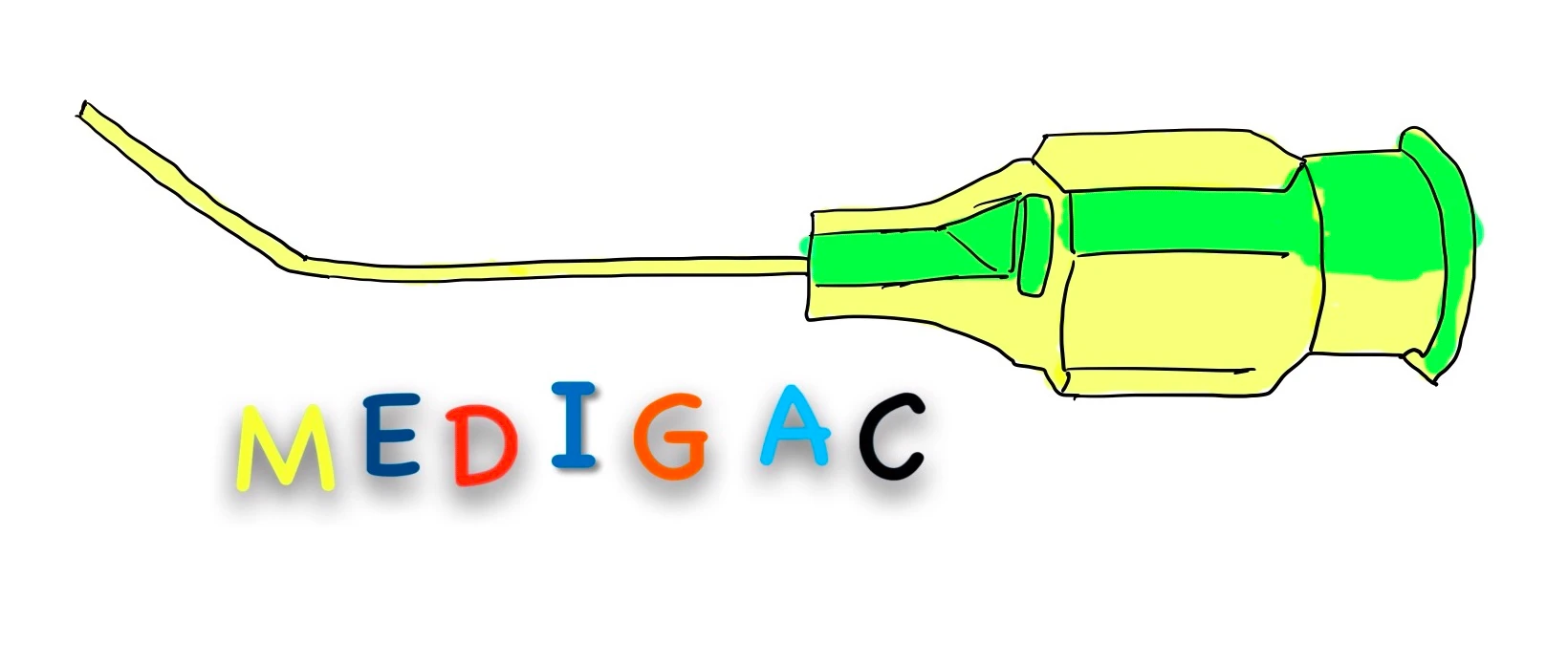
Description :
Single bore cannula with a 45 degree angulation at about 10-12 meter from the free end.
Uses :
1. Hydrodissection : Sepration of cortex from the posterior capsule
2. Hydrodelineation : Separation of cortex from the nucleus.
IOL DIALER/SINSKEY HOOK
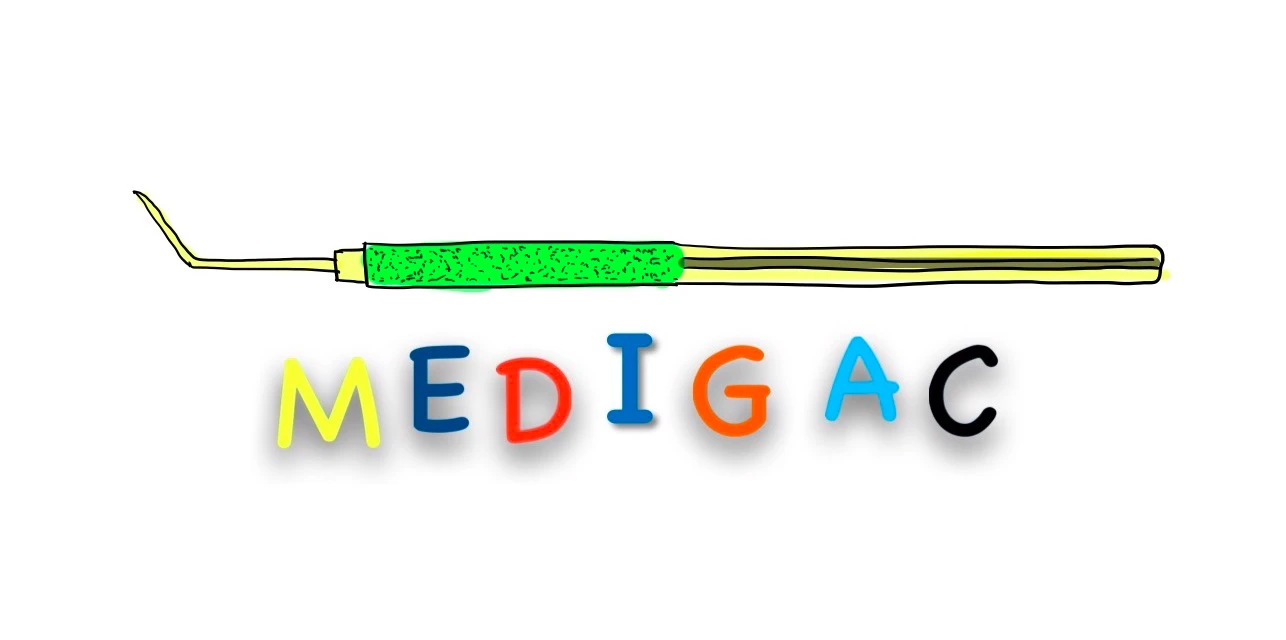
Description :
Made up of stainless steel and has mainly two parts – Metallic handle and curved tip.
- Metallic handle has grooved surface at the proximal part.
- Little curved and small hook like projection is present at the tip.
Uses :
1.Phacoemulsification : To manipulate the nucleus.
2. Dialing the lens : Used to dial the PMMA non-foldable IOL for proper positioning.
IOL HOLDING FORCEPS

Description :
Short, blunt and curved blades are attached with the two limbs.
Uses :
To hold the PMMA IOL during implantation.
KELMAN MCPHERSON FORCEPS

Description :
Two limbs whose ends forms single curved thin tips.
Uses :
1. To hold superior haptic of IOL during its placement.
2. Also used in suture tying
3. ECCE : To tear off the anterior capsular flap
RING CAPSULE POLISHER

Description :
A long metallic handle and a bent slender neck.
The tip contains a tiny circular ring.
Uses :
1. ECCE : to polish the posterior lens capsule to make it more clear.
CAPSULORRHEXIS FORCEPS

Description :
It forceps which has two arms and the ending of the arms forming the curved thin tips.
Uses :
1. Capsulorrhexis : To hold the anterior lens capsule.
IRIS REPOSITOR
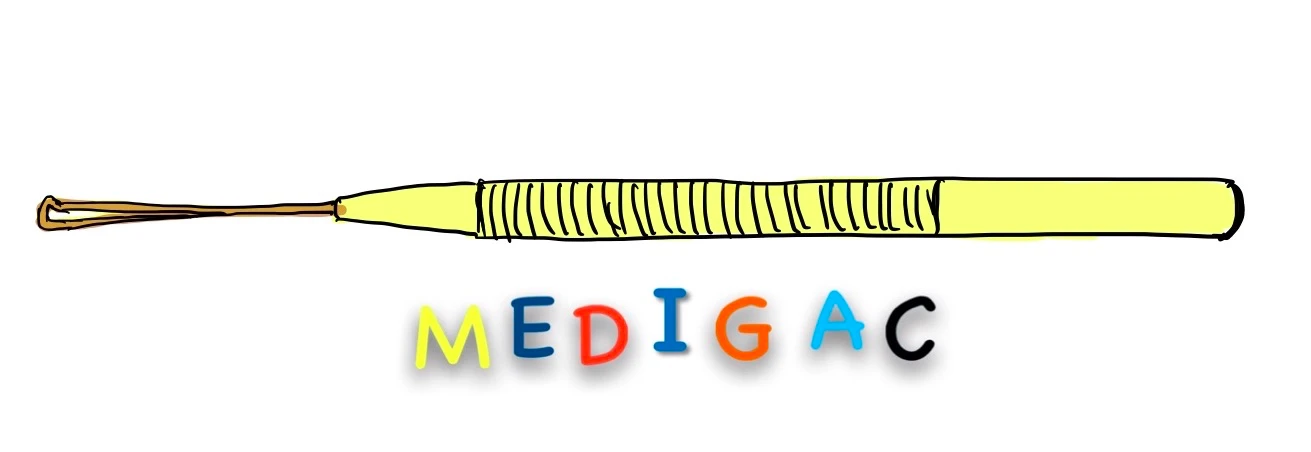
Description :
One handle and two blades at different ends.
The blades can be straight or curved with blunt edges.
Uses :
1. Intraocular Surgery : To reposit the iris in anterior chamber.
IRRIGATING WIRE VECTIS

Description :
Three parts :
—One hub which can be attached with syringe.
—Hollow handle which holds the posterior end of the loop
—-Metallic loop which has 3 small holes in the anterior site.
Uses :
1. SICS : To deliver the nucleus.
LENS SPATULA
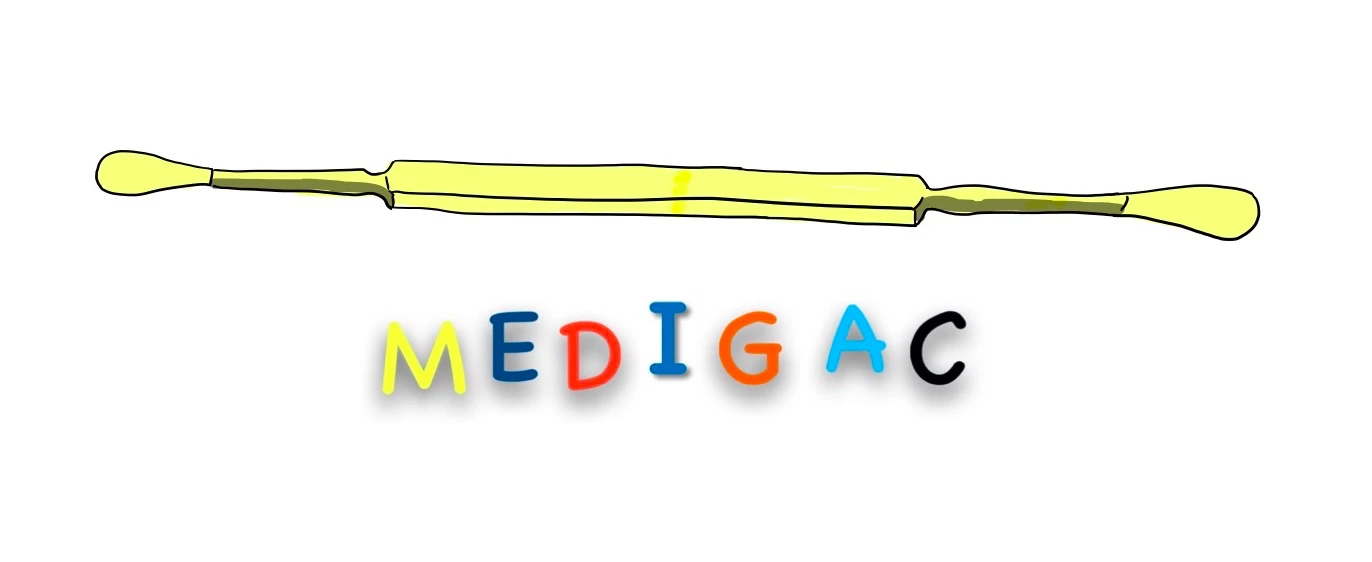
Description :
One handle with tow spoon shaped structures at it’s two ends.
Uses :
1. ECCE : To apply counter-pressure at 12 O’clock position during expression of nucleus.
TWO-WAY IRRIGATION AND ASPIRATION CANNULA

Description :
Consists if three parts :
—-One Cannula : in which the tube opens on on tip of the cannula.
—-One Hub which can be attached with the Hypodermic Syringe
—-And a long tube
Uses :
1. ECCE : For irrigation and aspiration of the lens matter.
2. Hyphaema : Aspiration of blood from the anterior chamber.
WIRE VECTIS
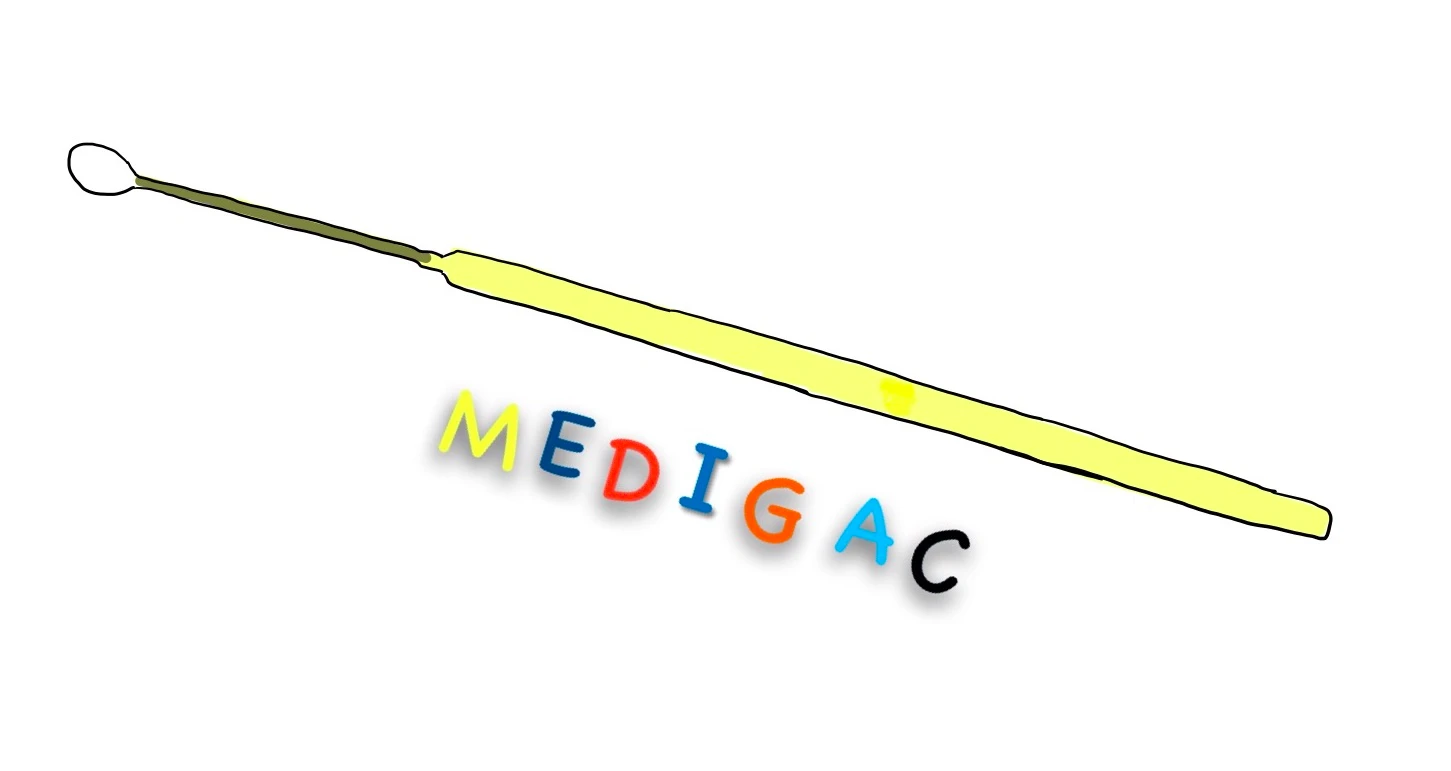
Description :
One metallic handle and one wire loop which is attached with the handle.
Uses :
1. ECCE : To remove sublimated lens and anteriorly dislocated lens.
BONE DRILL
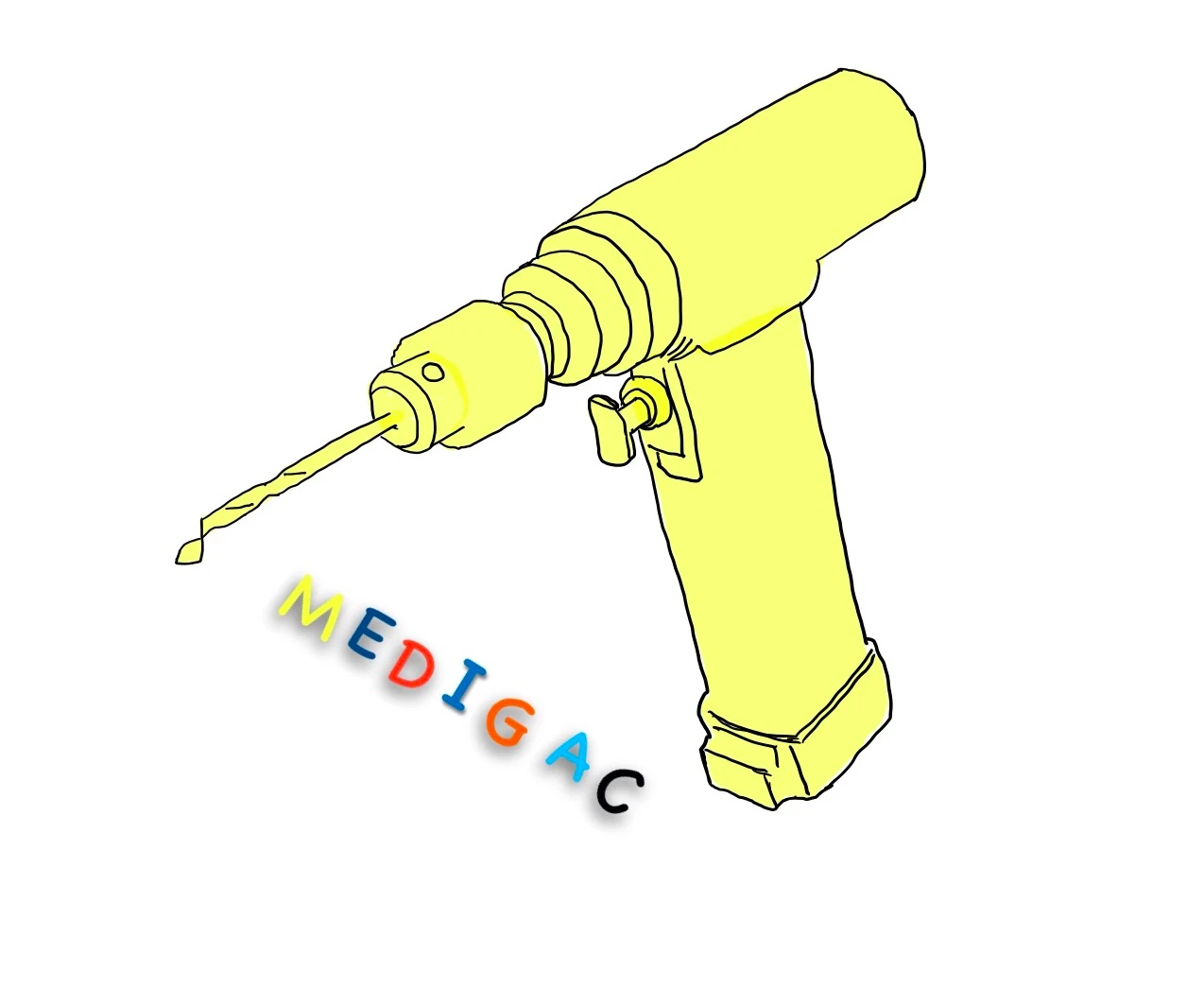
Description :
It has mainly three parts : Burr head, Motorised rotating unit and a foot pedal.
Uses :
1. DCR : To create the ostium
2. Orbitotomies :To create holes in the bones
BONE GAUGE

Description :
It has mainly two parts : One metallic handle which is forming the longitudinal scoop at the end.
Uses :
1. DCR & Orbitotomy : To smoothen the irregularly cut margins of the bone by nibbling small projecting bone
BONE PUNCH
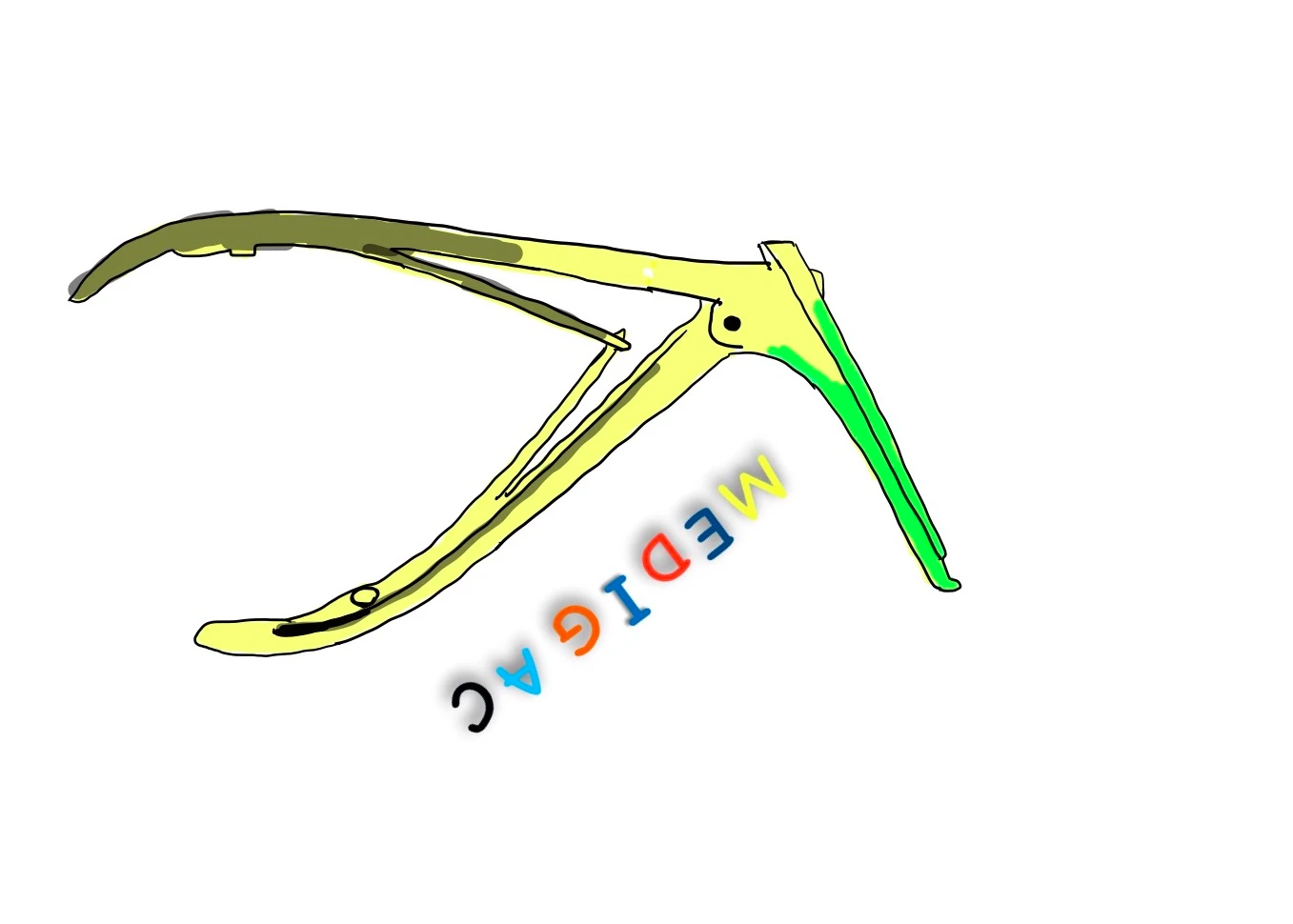
Description :
Mainly two parts : Solid handles(two in numbers) and blades(two in numbers).
—-The two blades are attached at right angle with the handle.
Uses :
1. DCR : To enlarge the bony opening by punching the bone from margins of the opening.
BOWMAN’S LACRIMAL PROBES
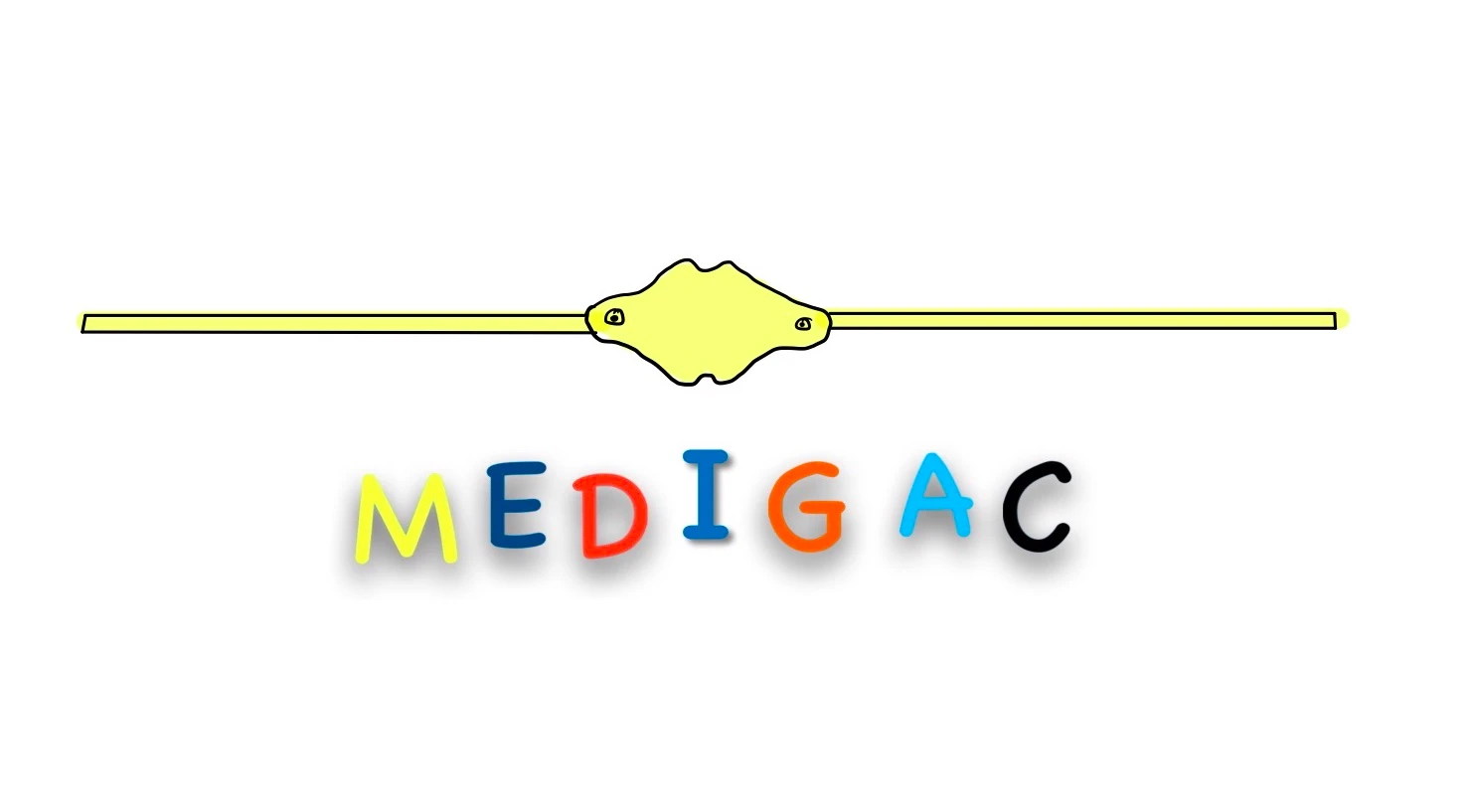
Description :
Consists of mainly two parts : Straight metallic wires and a central flat platform.
Uses :
1. Probing nasolacrimal duct in congenital blockage.
2. DCT/DCR : To identify the lacrimal sac.
CHISEL

Description :
Mainly tow parts : One long and stout handle & a blade.
—- The blade has a sharp cutting edge with one surface bevelled.
Uses :
1. DCR : To cut the bone
FREER’S PERITONEUM ELEVATOR
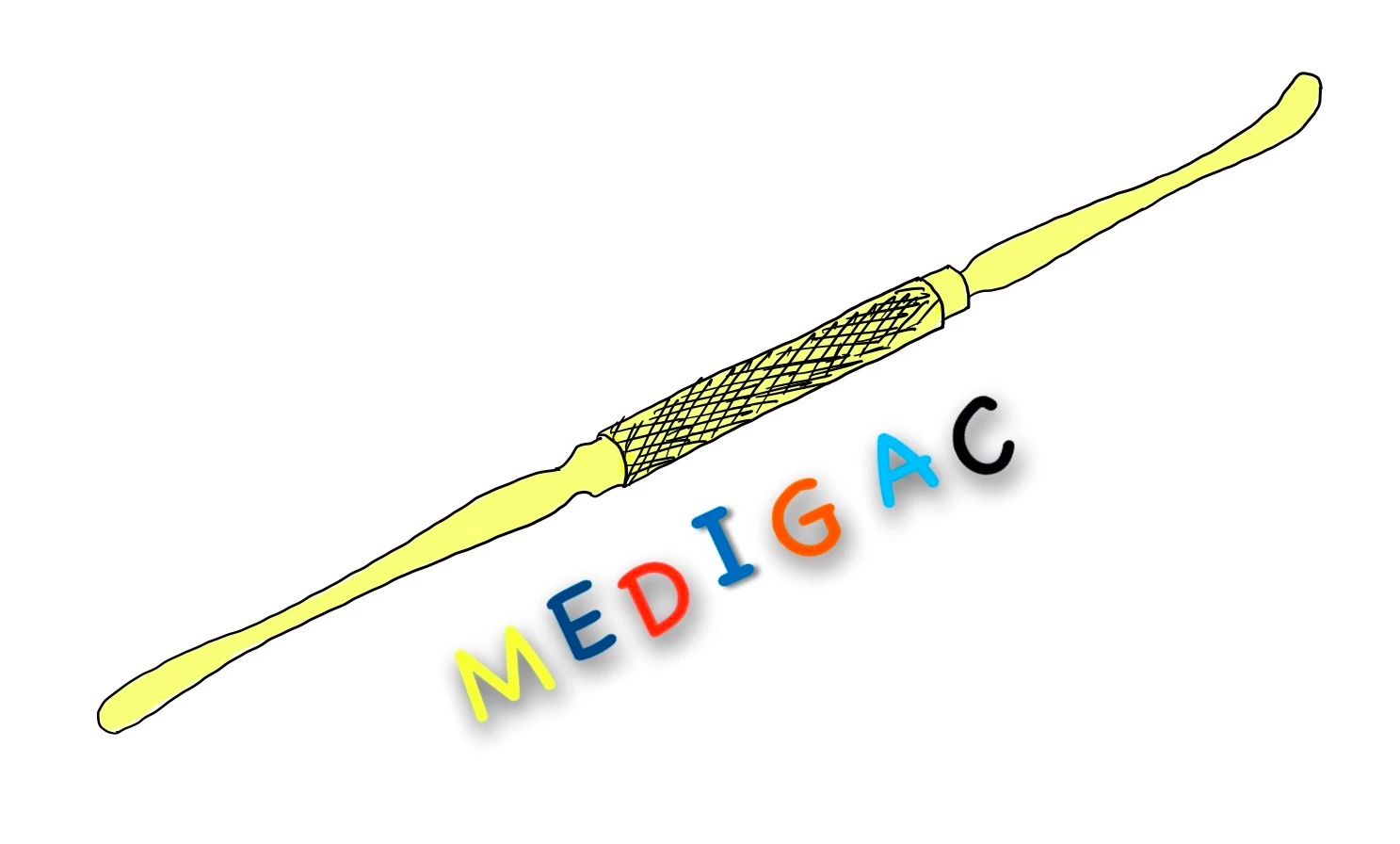
Description :
Consists of two parts : One rounded and serrated handle with slightly curved tear drop tips.
Uses :
1. DCR & endoscopic septoplasty : For debunking and lifting periosteum from bones in confined area.
HAMMER

Description :
Two parts : One solid handle and another one is the metallic head.
Uses :
1. DCR & Orbitotomy : To hammer the chisel.
LACRIMAL CANNULA
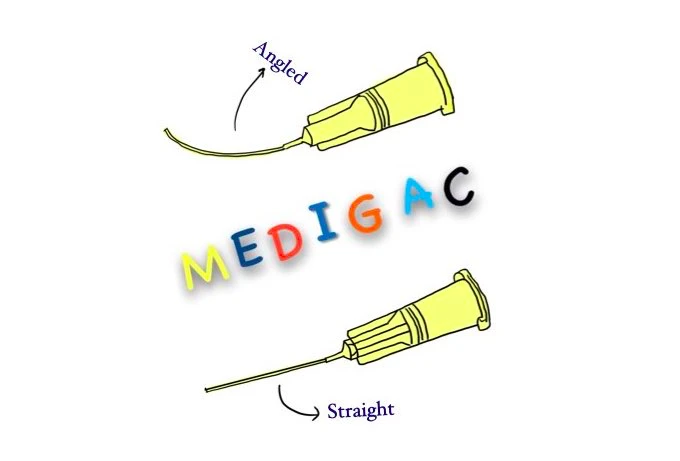
Description :
It can be angled and straight both.
Used as hypodermic needle with blunt tip.
Uses :
1. Syringing : Used for syringing the lacrimal passage.
2. Anterior chamber cannula : For putting dye, air, pilocarpine ad balanced salt solution.
LACRIMAL SAC DISSECTOR AND CURETTE

Description :
Three parts : One handle, Two different ends :
—– The handle is cylindrical , on the edges there are presence of small serration.
——One end is forming the blunt tipped dissector
——Other end forms the curette
Uses :
In lacrimal sac surgery
NETTLESHIP PUNCTUM DILATOR
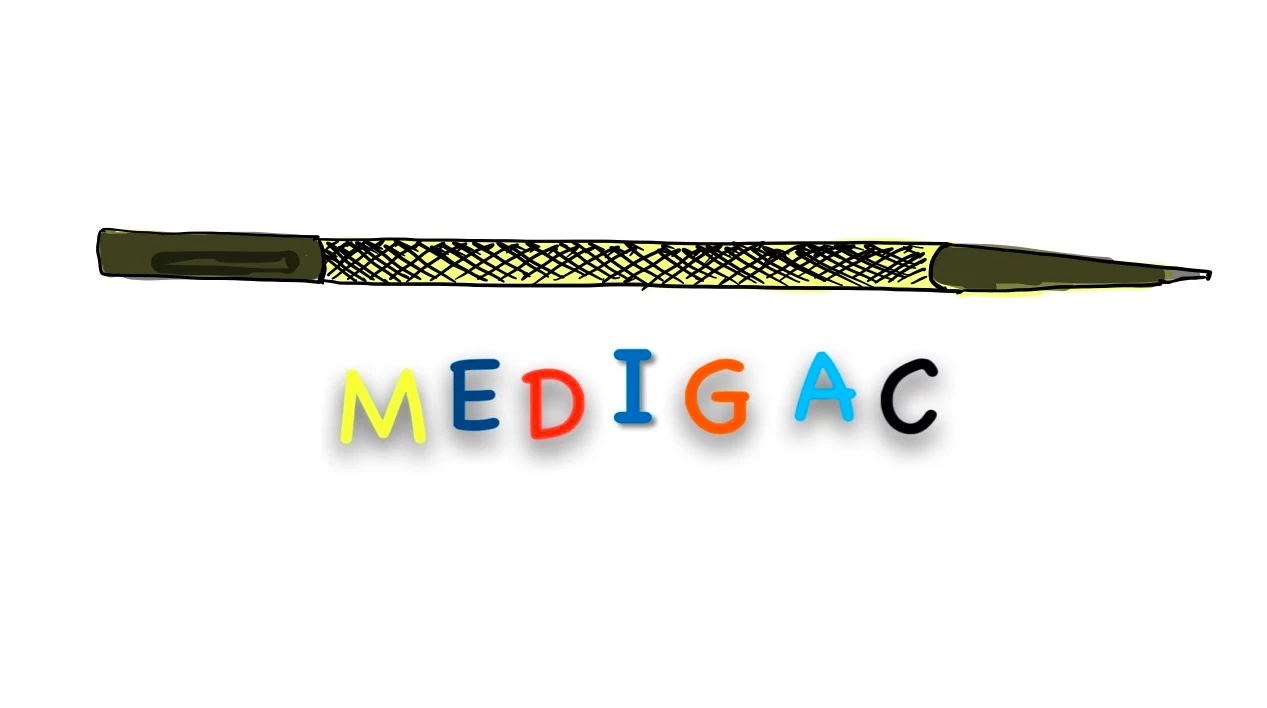
Description :
Consists of two parts : One corrugated metallic handle and a conical pointed tip.
Uses :
1. Dilating puncture and canaliculus :
- DCT & DCR
- Syringing
- Probing
KELLEY’S PUNCH

Description :
It has mainly two blades : The inner larger blade is stout thin rod with a cup like depression having sharp margins and facing backwards.
The outer smaller blade is a hollow tube which slides with a spring mechanism around the inner blade.
Uses :
1. Trabeculectomy : To punch out trabecular tissue in conventional as well as futureless operation.
SCLERAL PUNCH
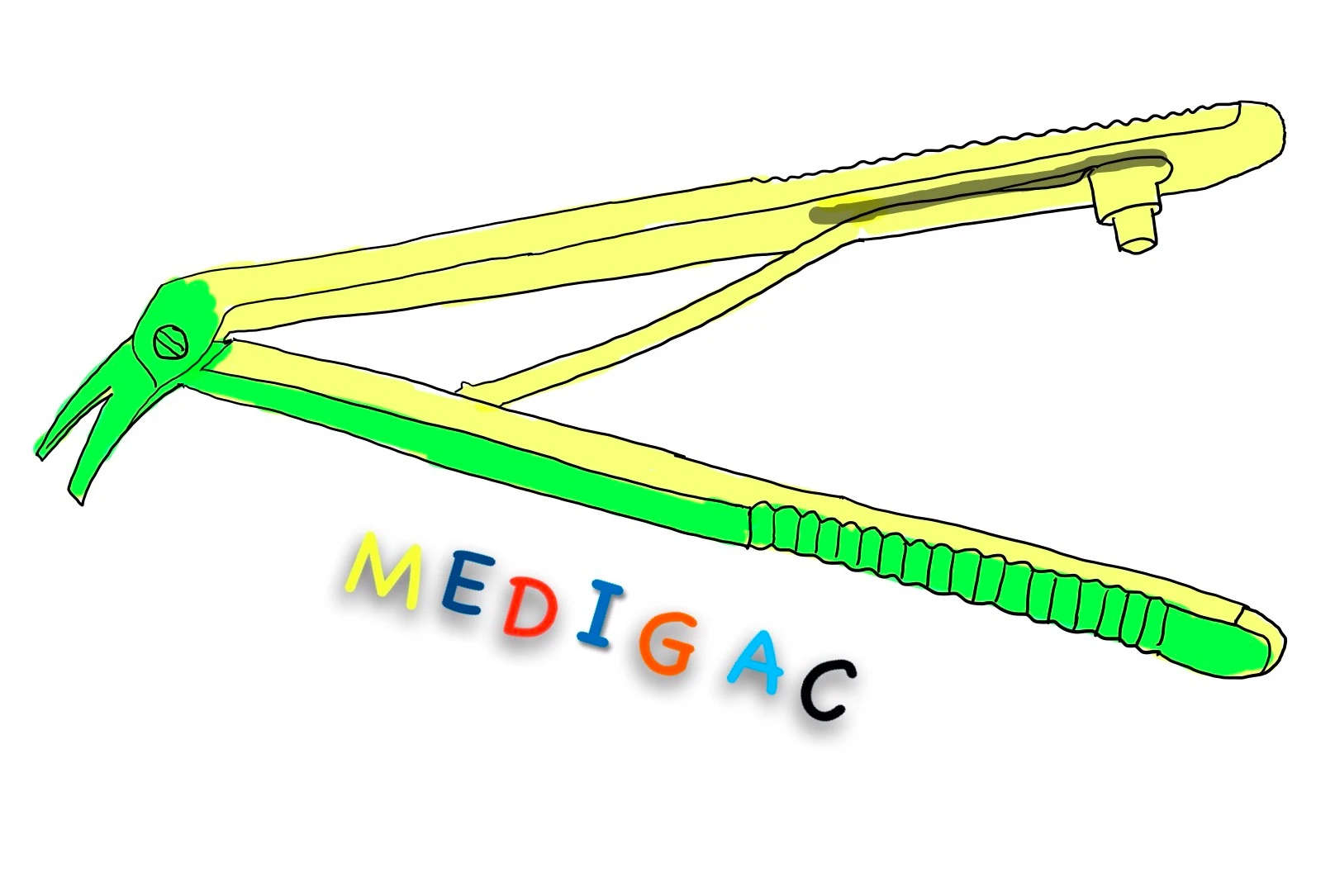
Description :
Made up of stainless steel and has mainly two limbs nd two blades. They are connected with spring mechanism.
—-One blade is sharp and thick which presses into the second blade which is hollow rectangular frame.
Uses :
1. Glaucoma Surgery : To perform punch sclerotomy
CHALAZION SCOOP

Description :
Made up of stainless steel and has two parts : Handle and the tip
The end point of the tip is forming the scoop.
Uses :
1.Chalazion : To scoop out the contents of chalazion during incision and curettage.
LID SPATULA
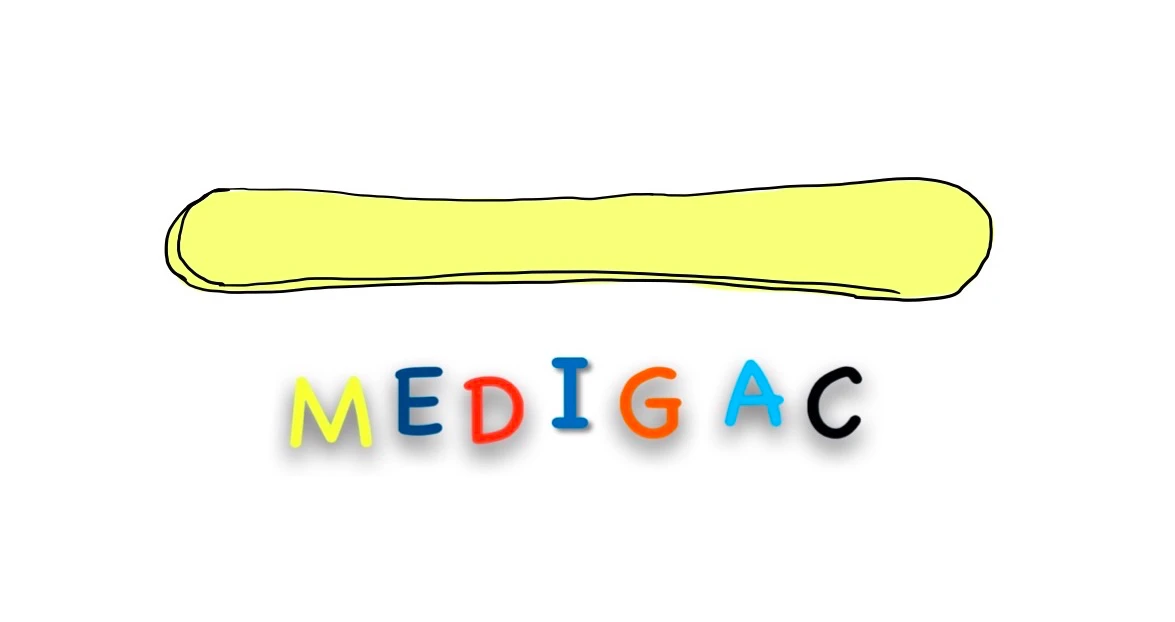
Description :
Flat metal structure having two end and curved edges.
Uses :
1. To protect the globe and support the lid during various surgeries like :
- Entropion
- Ectropion
- Ptosis
EVISCERATION SPATULA
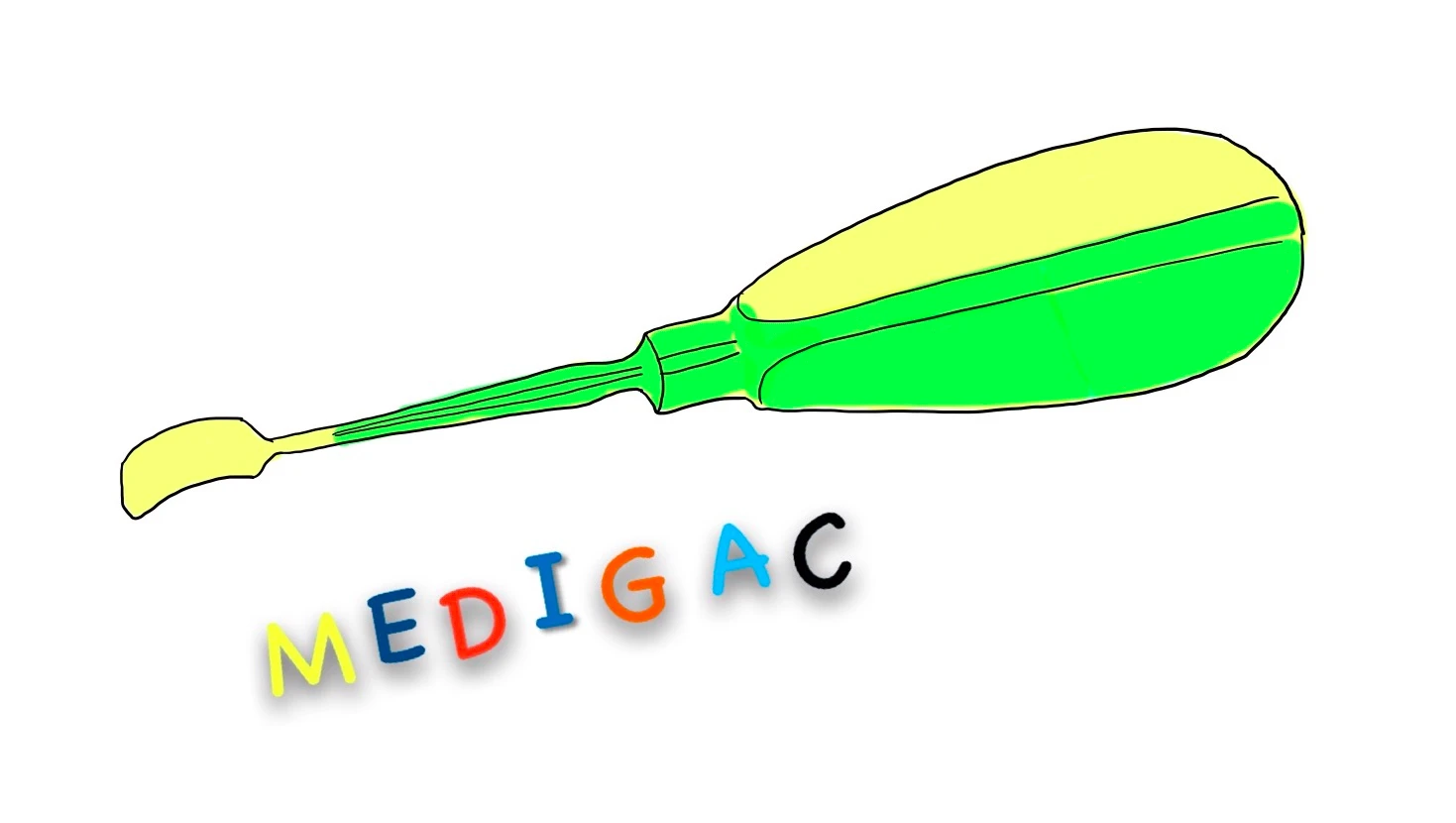
Description :
Full metallic body, has mainly three parts :
- Thick metallic handle
- Thin and long shaft
- Flat and curved tip which is attached with the shaft
Uses :
1. Separating : To separate out the uveal tissue from the sclera during evisceration operation.
OPTIC NERVE GUIDE

Description :
Made up of stainless steel and has mainly 3 parts :
- long handle
- short shaft
- And the concave tip which has bifurcation from middle.
Uses :
1. To guide the optic nerve during enucleation operation.
EVISECRATION CURETTE

Description :
Made up of stainless steel and has 3 parts :
- Long handle
- Shaft
- And the scoop like tip which is attached with the shaft.
Uses :
- Evisceration : To curette out all the intraocular contents.
CONTACT LENS
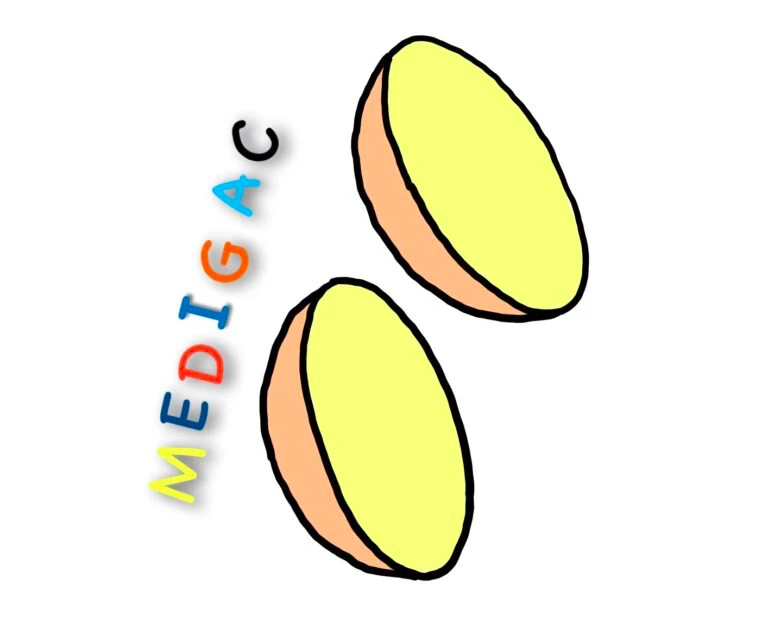
Description :
These are very thin and made up of different types of silicone. Structure of the lenses are dome shaped.
Uses :
1. Eye sight correction – Used to correct eye sights in various conditions –
- Myopia
- Hyperopia
- Astigmatism
- Presbyopia
2. Therapeutic Uses –
- Acute glaucoma,
- Amblyopia,
- Nystagmus and
- Diplopia
MADOX ROD

Description :
This contains many cylindrical red colour glasses.
Uses :
Used in Madox Rod test Finding out presence of heterephoria.
BEER TYPE CATARACT KNIFE AND NEEDLE
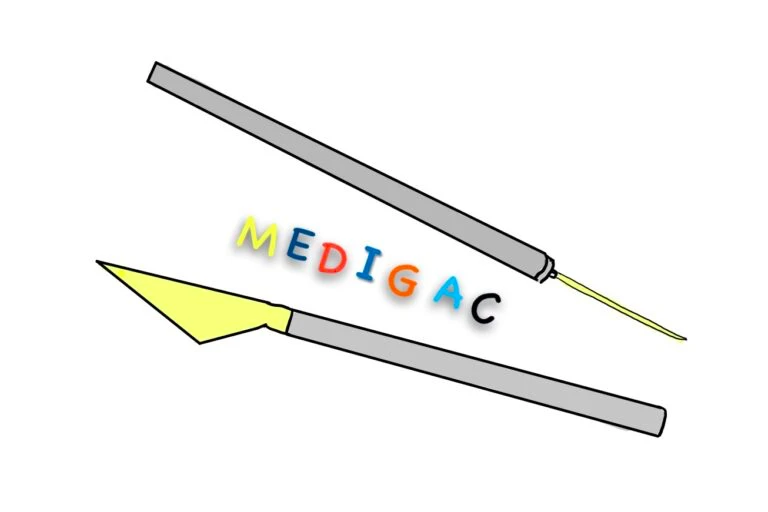
Description :
Knife – Has triangular blade and sharp cutting edges and made up of stainless steel.
Needle – Sharp pointing needle attached with a handle.
Uses :
Used in cataract surgery
INTRAOCULAR LENS

Description :
These are round shaped thin structures made up of clear plastic.
Uses :
IOL Transplant : Used in cataract surgery and myopia treatment
TONOMETER
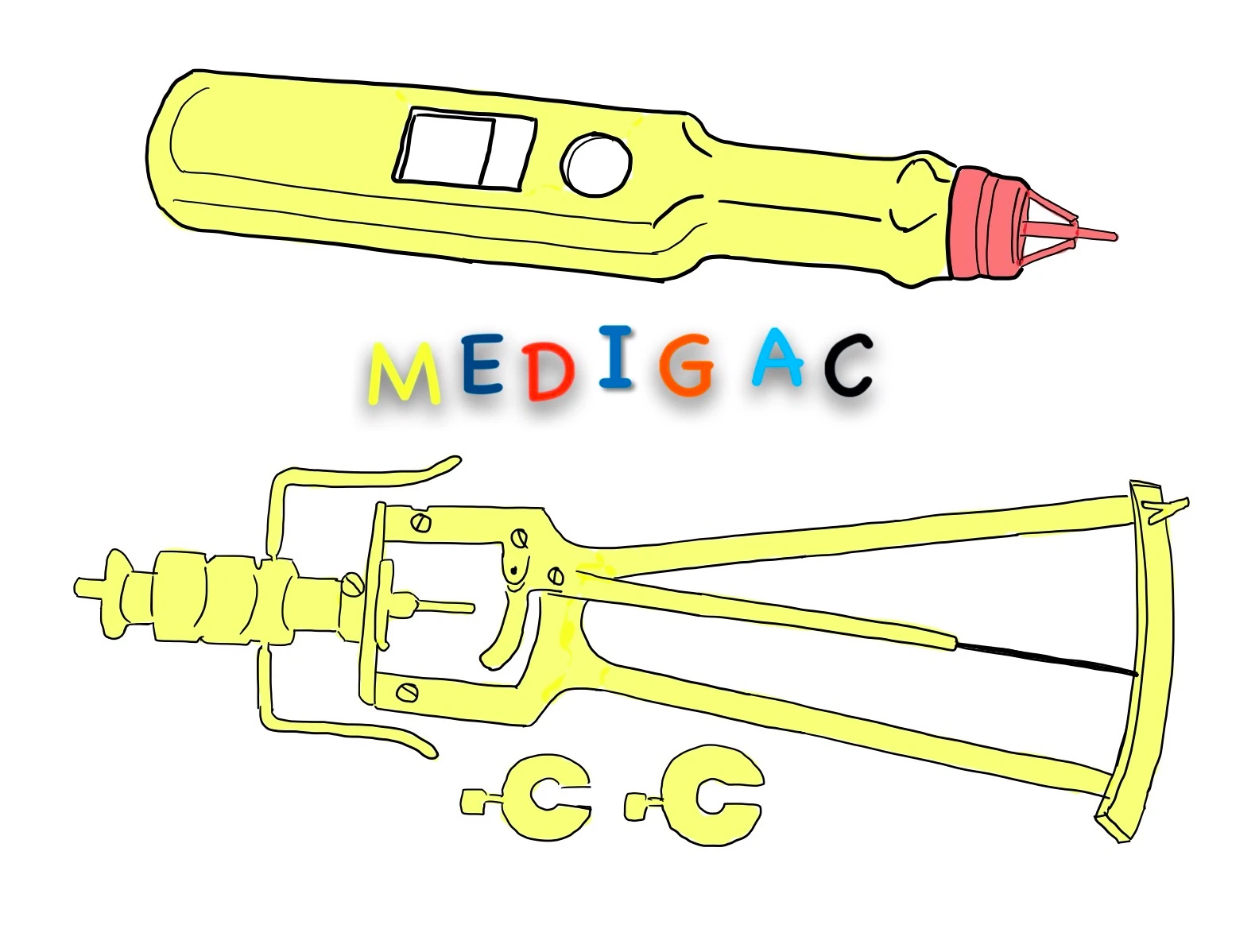
Description :
Digital and Analog tonometers are available. Nowadays digitals are used in most cases.
Uses :
- Used in Tonometry to measure Intraocular pressure(IOP).










